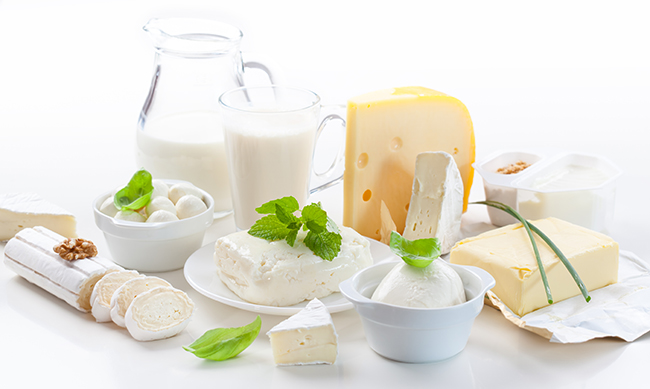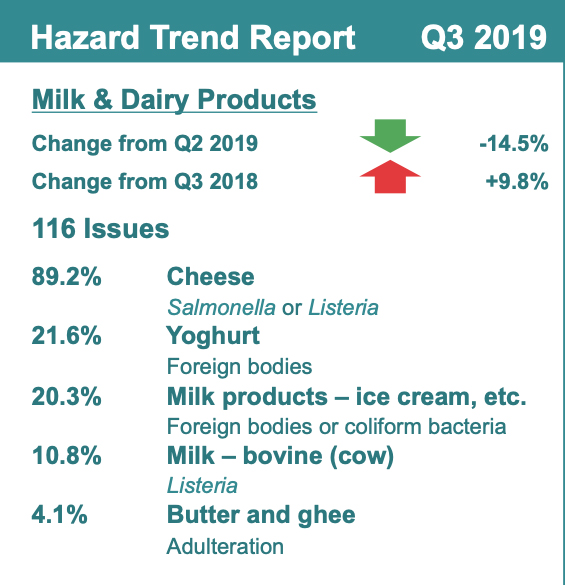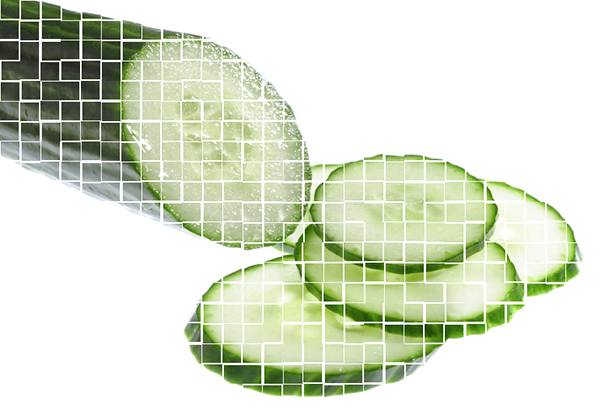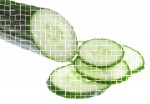On March 29, 2018, FDA announced the Nutrition Innovation Strategy, which signaled their intention to take a fresh look at what can be done to “reduce the burden of chronic disease through improved public nutrition.” The agency wants to facilitate consumers making better food choices to improve their health. At the same time, FDA has acknowledged that in many cases, changes in food processing technology has rendered outdated certain provisions of the regulations once written to both inform and protect the public. Therefore, FDA has developed a plan to move ahead to update its policy toolkit.
This multi-pronged approach includes modernizing food labeling, including food standards, health claims policy, ingredient labeling requirements and continuing implementation of the updated nutrition facts label, menu labeling, and reducing sodium in processed food products.
In particular, in trying to gather information to help determine the best approach to revising food standards of identity, FDA held a public meeting on September 27, 2019. FDA is attempting to provide room in the regulations for industry to be able to use modern and hopefully more healthful manufacturing methods while at the same time retaining the traditional characteristics and nutritional value of standardized food products.
During the public meeting, consumer advocacy groups, food industry trade groups and medical associations expressed many points of view as to what FDA should do to make the more than 250 food standards of identity more applicable to the modern food supply. FDA also took comments on updating food ingredient labeling requirements, including simplifying terms for ingredients such as vitamins. Because each food standard of identity is a regulation, it will be no small effort for the agency to update, remove or add standards of identity as needed. This meeting was a way to get input to help guide their decisions and priority—making for food standards and ingredient labeling revisions.
Obviously, with such a broad-based effort, the revisions and changes will be incremental. But the thing to keep in mind is that it all points to an effort to improve public health through the food supply as well as an effort to impactfully modernize the regulations. What follows is a very brief summary of some of FDA’s recent actions in this regard.
On December 30, 2019, FDA announced the final guidance on Serving Sizes, Dual-Column Labeling, which provided additional information about when dual column labeling for nutrition is required and what exemptions are in place to provide relief for certain products or package sizes.
On December 27, 2019, FDA reopened the comment period on the use of ultrafiltered (UF) milk in certain cheeses. When the proposed rule for UF milk in cheeses originally published in 2005, FDA received many comments. Essentially, ultrafiltration was a means to enhance the speed of cheese production, and the standard of identity cheeses were written before this technology was common and did not permit this type of process. FDA seeks to modernize the cheese standards while keeping intact the nature of these cheeses, and so the agency is eager to learn about what can be done to accommodate the new technology without losing the essence of the standards that consumers have come to expect. Because of the time lapse since the previous comment period, FDA is seeking more information to inform their rulemaking.
On October 25, 2019, FDA released a final rule revising the type size for calorie declarations on front of pack labeling for glass-front vending machines. The 2014 rule establishing calorie labeling for products sold from vending machines had provisions that were difficult for certain products to meet. This new rule recognizes those challenges and was an attempt by the agency to provide a middle ground for the industry to meet the requirements of visible calorie labeling on small packages sold in vending machines.
On August 15, 2019, FDA announced final guidance on converting units of measure for Folate, Niacin, and Vitamins A, D and E on the nutrition and supplement facts labels. The guidance provides help to the industry in meeting the requirements of the revised nutrition facts label.
Regarding updating the “healthy” claim on food products, when this term was originally defined by the agency, saturated fat was the nutrient of focus for these claims. However, since then, there are new focuses on health, such as added sugar and calories. In September 2016, FDA sought to modernize the claim, and provided an interim policy to guide its use.
In May 2019, FDA published a draft guidance to provide enforcement discretion for the use of the term “potassium chloride salt” on ingredient statements. In addition, in April 2019, FDA provided a draft guidance for the calculation of calories from a newer sweetener, Allulose.
As you can see, there are a lot of moving parts to FDA’s effort. What will be the impact on the food industry? Changes will most likely be gradual. Over time, there will be modifications to food standards of identity, and potentially claims, and both of these will cause label revisions. And, typically, there may be enforcement discretion by FDA to allow the industry time to revise their products and /or labeling as needed.
You will see FDA requests for information from the public and the industry on various related topics to the Nutrition Innovation Strategy, and guidance documents will be updated.










